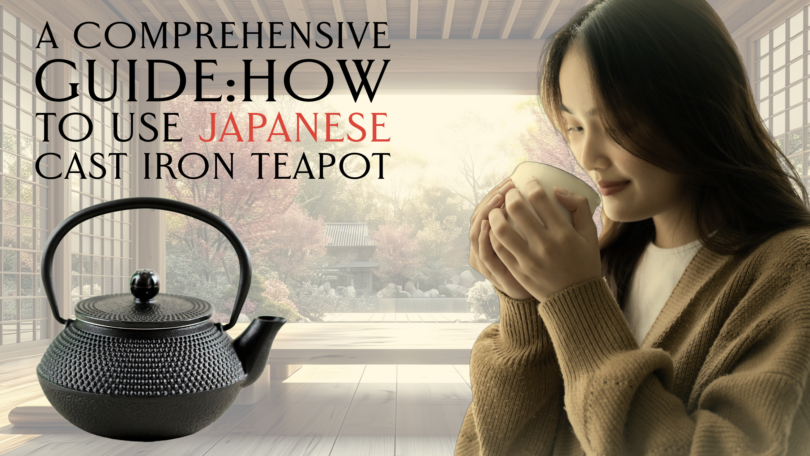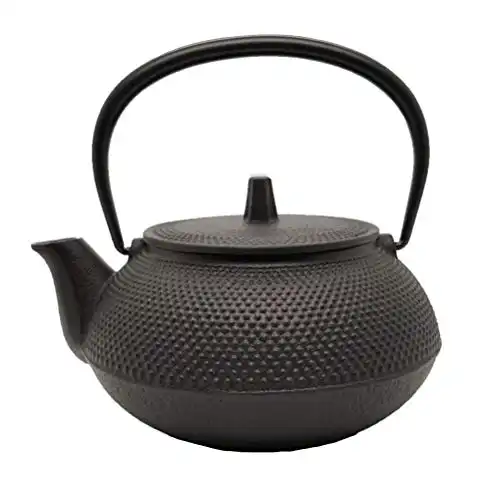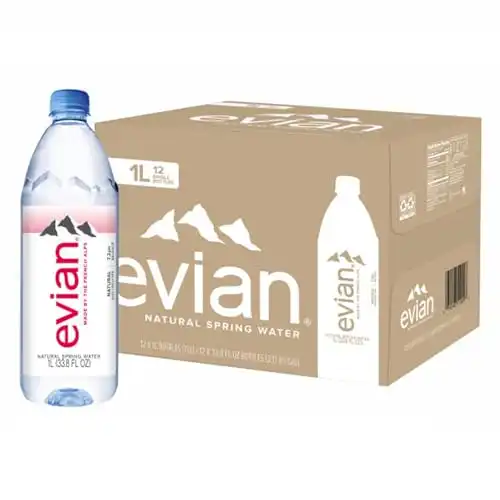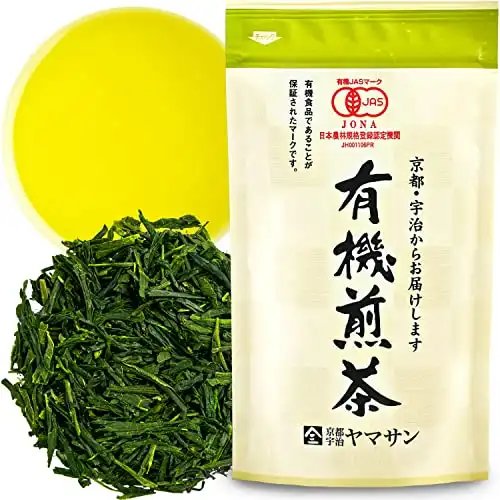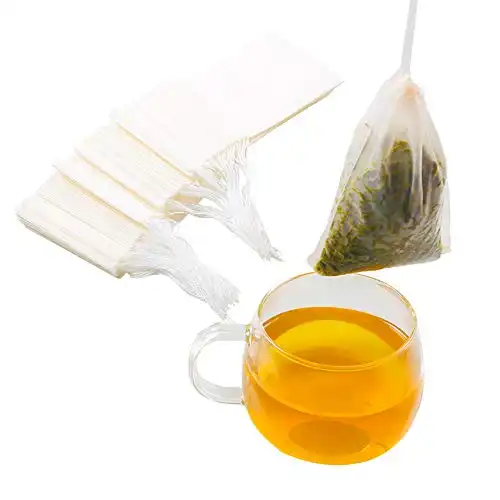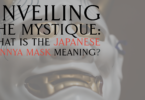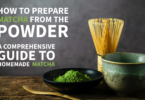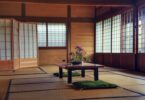In the serene landscape of Japanese culture, tea-making isn’t merely a routine task; it’s a profound art form steeped in tradition and mindfulness. At the heart of this art lies the Japanese cast iron teapot, a vessel revered for its functionality, durability, and elegance. If you’re new to the world of Japanese tea culture, fear not! In this detailed guide, we’ll embark on a journey together, exploring how to use a Japanese cast iron teapot from scratch. Handling an iron kettle is not simple, which is why you will become attached to it and it will give you peace and tranquility in your daily life.
In Japan, there is a saying about growing tools.
It means to make one tool taste to your own specifications. Learn how best to use them for a long time and take good care of them.
Table of contents
Understanding Japanese Cast Iron Teapots
Japanese cast iron teapots, known in Japanese as ‘tetsubin’, have a history dating back centuries.
These iron teapots are derived from Japanese tea kettles.
While tea kettles can boil large quantities of water, the tetsubin was used to boil water to the extent of making tea in a living room.

The most famous iron kettle production area in Japan is Iwate Prefecture. Known as ”Nanbu Tekki”, it was recognised by the Japanese Government as a traditional craft. It is appreciated abroad as a practical as well as an artistic product.
Best Japanese Cast Iron in Japan
"Nambu Ironware"
Tips for long-term good use
The best way to use an iron kettle successfully is to avoid damaging the internal coating and to get hot water stains on it quickly. It takes about 10 days to 2 weeks for the white to adhere.
The break-in period is approximately 2 weeks. During this period, use the product daily.
Warm-up operation: Get hot water stains
- Preparation: Water with a hardness of around 300 mg hardness.
- Bring to a boil over medium heat.
- Rinse the unit lightly and fill it up to 80% with hard water.
- Bring to a boil over medium heat. Shift the lid slightly and bring to the boil.
- The hot water is then discarded. Repeat this 2-3 times. Be careful not to burn the water dry.
- Note: In the beginning, the water will be cloudy, so repeat 2-3 times and use only after the boiled water has become colourless.
▼Evian is the right hardness. Please note: Water with too high a hardness can cause water stains to flake off easily.
Preparetion for Japanese Cast Iron Teapots. Water with optimum hardness (304 mg/L).
Care after use for Japanese Cast Iron Teapots
Remove all hot water from the tetsubin.
Any hot water remaining inside the tetsubin must be emptied by transferring it to a pot or similar.
Note : Leaving hot water in the kettle for an extended period of time may cause rust and cloudy water.
▼This Zojirushi pot has an excellent heat-retention function, so you can make tea using water boiled in a tetsubin whenever you like.
Dry the iron kettle
- The residual heat dries the interior thoroughly. Or lightly empty it over low heat. Please dry the inside completely before putting it away.
- Wipe off any moisture on the surface (outside) of the tetsubin with kitchen paper or a dry dish towel, making sure that no moisture remains on the surface.
Don’t do
✖ Do not touch the inside of the tetsubin
✖ The inner surface of the water will appear with red spots and then a white film of stain, but do not scrub it off
Note:
- When a film of hot water stains forms, the water remains clear even though the inner surface is red, and the taste of the hot water becomes more delicious.
- iron rust is not harmful to the body.
In case of trouble
If you let the water rust and the water gets dirty or there is an smell in the boiled water, you can try the following methods.
Boil sencha tea
- fill the tea packet with water up to 80% full.
- put a teaspoonful of sencha in a tea packet and boil it for about 30 minutes.
Note: Boil over medium or low heat with the lid off to vent the steam.
tea packets empty
This method uses a chemical reaction between the tannin in sencha and iron.
Refferences:
岩鋳 : “南部鉄器のご使用方法とお手入れ” – https://iwachu.co.jp/howto/
OIGEN : “【鉄瓶の使い方】鉄瓶使い始め完全マニュアル” – https://oigen.jp/enjoy/firsttouch/18215
南部鉄器協同組合: “南部鉄瓶のご使用・お手入れ方法” –https://www.ginga.or.jp/nanbu/use.html

